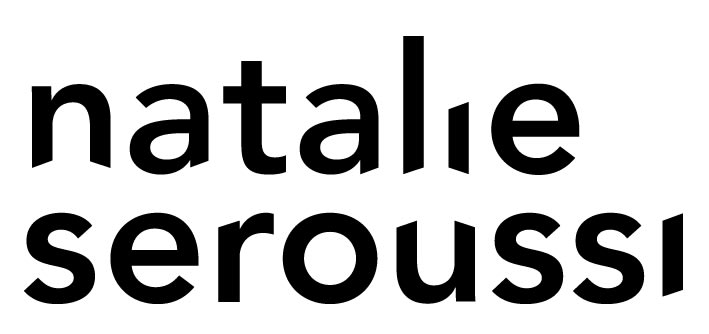The Sounds inside my Mind
We are the object of their fantasies!
The Sounds Inside My Mind proposes to follow the thread of affinities, across generations, between the producers of utopias and those questioning their memories. The historical works of Lygia Clark, Gordon Matta-Clark and Claude Parent form neither a group or a movement, but have exercised in a radical manner their power of liberty and freedom. Each one in its area has had a lasting contribution to the mutations and expansion of art.
Their proposals were real critical objects challenging fundamental notions of their respective fields. The work of Claude Parent, finding its origin in a fracture of modern space, introduces with the oblique function a concept that has lost none of its troubling power. For Claude Parent, living on a leaning surface is the only way to escape the modern rationality.
The manipulated geometrical sculptures of Lygia Clark only take meaning with the role of those who handles the pieces: Bichos represent for the artist a magic step in a journey directed to an art of sensations, to the point of no longer proposing works of art but relational objects used to produce sensory experiences.
The Anarchitectures of Gordon Matta-Clark establish the social sphere as a new level of artistic work. The artist chose "to deal directly with social conditions, through an actual physical involvement or through the direct involvement of the concerned community."
These works occupy a central place in the mythology of avant-gardes of the second half of the twentieth century and many contemporary artists question this historic moment and its figures.
The question was at the heart of the program of the last Documenta, which questioned as to whether or not modernity represented our antiquity. And many artists have not yet proposed their specific answers to this interrogation.
A fascination for the source code accompanied by a process often related to archeology and anthropology characterize these artistic positions. Carol Bove noted that the 1960s and the 2000s are characterized by a mutual fascination, "We are the object of their fantasies! I want to terminate 'transactions' which already began in an adequate way. These do not neither explain nor close these files permanently."
The work of Leonor Antunes, here hand in hand with the work of the architect and designer Eileen Gray, and the researches of the architect and artist Didier Faustino - including, in particular, some architectures with manifesto values such as SQMH among many others ( one square meter house installed at the Porte d'Ivry, Paris) – join a similar perspective.
The phenomenon is probably as complex as it is sustainable and originates from many factors. It is primarily a phenomenon related to duration, the duration of modernity whose history continues to be written and the effect of modernity: the accumulation of vast archives instead of complete novelty. Most likely, it is ultimately a response to the weak ideological density of a pragmatic period of history, its economic primacy and its utopian horizon being reduced to zero.



